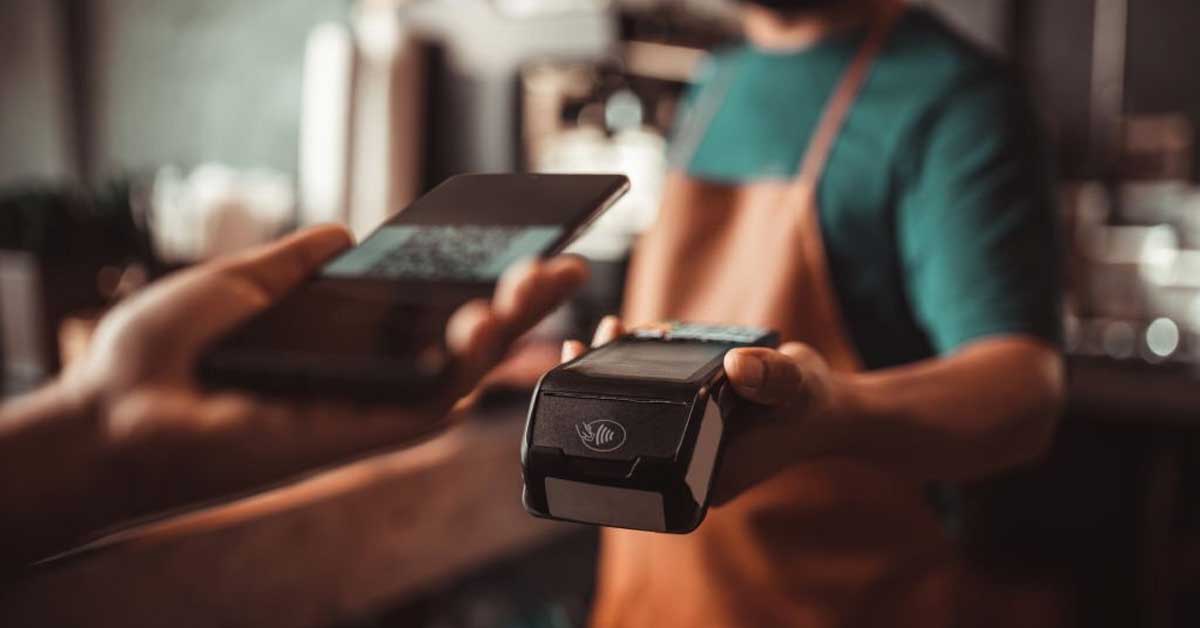Mobile payment applications such as Apple Pay, Venmo, Cash App, and Paypal have transformed the way Americans manage their finances. These convenient apps offer quick and easy ways to pay friends, family, and retailers, making cashless transactions more accessible.
However, many users are unaware of a crucial drawback—funds stored in these apps are often not protected by federal insurance. This exposes users to potential financial loss if the app's parent company faces insolvency.
Unlike deposits held in federally insured banks, the money stored in mobile payment apps lacks automatic protection. The Consumer Financial Protection Bureau (CFPB) has raised concerns about the potential risks app users face.

When a payment app's parent company encounters financial difficulties, the cash stored in the app may be at stake. This becomes increasingly alarming as the popularity of these apps grows, with millions of Americans relying on them for various financial transactions.
The convenience and versatility of mobile payment apps have led to their widespread adoption. Venmo, Cash App, and Apple Cash have become go-to solutions for splitting bills, purchasing items at yard sales, and paying bills.
The COVID-19 pandemic further accelerated the usage of these apps as people shifted to online shopping and contactless payment methods. The transaction volume on mobile payment apps reached an estimated $893 billion last year, and projections indicate that it will skyrocket to $1.6 trillion by 2027. With such significant sums of money at stake, users must understand the potential risks they face.

Rohit Chopra, the director of the CFPB, emphasizes that despite being used as substitutes for traditional bank accounts, popular digital payment apps lack the necessary safeguards to ensure funds' safety.
While state regulations offer some protections for app users, the rules vary significantly. Some states allow companies to invest customer funds in potentially risky securities, while others impose minimal restrictions. This lack of uniformity increases the complexity of understanding the level of protection available to users.
To mitigate the risks, most payment apps are required by states to hold reserves equal to the amount of consumer funds they hold. However, this does not guarantee individual deposit insurance coverage for users.

Users must be cautious when treating these apps as traditional banks, leaving money in them for extended periods. Funds stored in the apps' "stored value" accounts may not carry Federal Deposit Insurance Corporation (FDIC) protection, further magnifying the potential risks.
Determining the deposit insurance coverage offered by mobile payment apps can take time and effort. Some apps have no federal deposit insurance at all, while others provide mixed coverage depending on the account options chosen by the user.
To complicate matters, understanding the terms and conditions related to deposit insurance can be a daunting task for the average user. This lack of clarity may expose unsuspecting users to financial vulnerability.

Mobile payment apps offer the convenience of quick access to funds, making them an attractive option for many users. However, transferring funds from these apps to traditional banks or credit unions can take days, prompting users to prefer keeping their money within the app.
Nevertheless, it is crucial to strike a balance between convenience and security. Users must consider the potential risks of storing substantial amounts of money in payment apps and take proactive steps to protect their funds.
To maximize deposit insurance protection, users should transfer funds consistently from mobile payment apps to traditional banks or credit unions. By moving money to FDIC-insured accounts, users can ensure their funds are protected up to $250,000 per individual, per account category.
Sometimes, payment apps partner with FDIC-insured banks to offer "pass-through" insurance protection. Users should familiarize themselves with the terms and conditions of their chosen app to understand the extent of the coverage and take any necessary steps to activate it.

Apple's foray into the financial sector faced criticism when users encountered difficulties transferring funds or experienced mysterious disappearances from its high-yielding savings account, backed by Goldman Sachs.
While the incident highlighted the challenges associated with mobile payment apps, the Financial Technology Association defends its members' practices, prioritizing consumer protection and providing clear explanations of policies.
However, it remains crucial for users to exercise caution and thoroughly review the terms and agreements of payment apps to ensure they understand their rights and the level of protection provided.
Consumer Reports suggests that users should transfer funds from mobile payment apps to bank accounts as soon as possible to protect their funds adequately. Setting up automatic reminders to move funds can help users stay vigilant and prevent unnecessary exposure to financial risks.
The Consumer Financial Protection Bureau is actively coordinating with other regulators to monitor the industry and ensure consumer protection. Users who encounter issues with payment apps can submit complaints to the CFPB or contact state regulators for assistance.
Sources: nytimes.com / forbes.com / consumerreports.org












